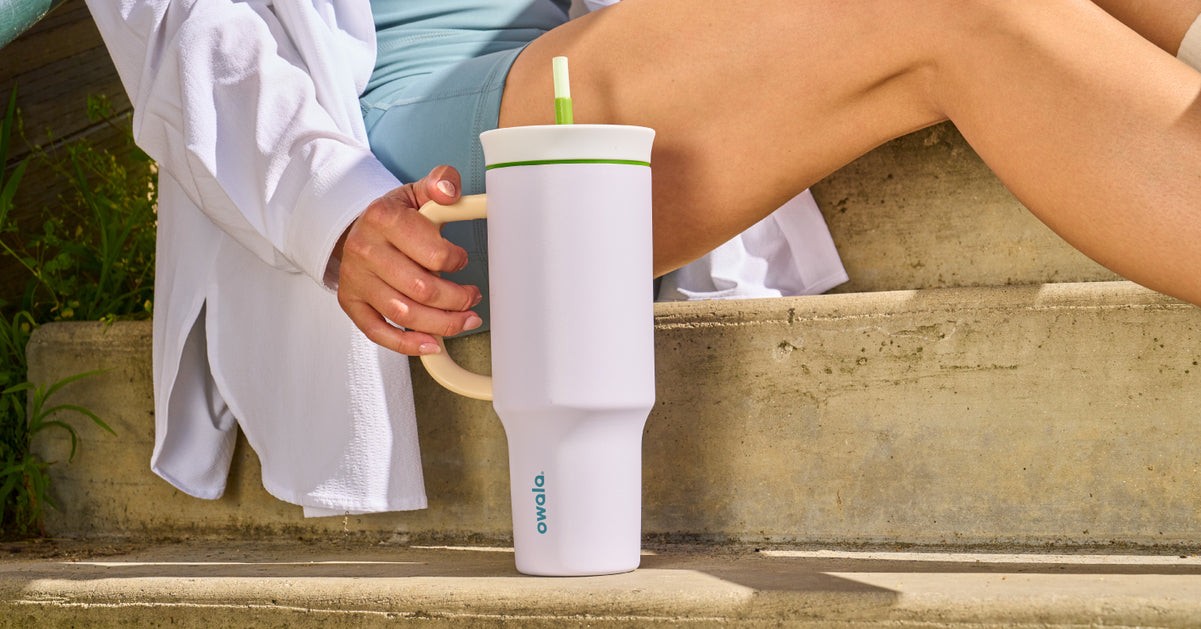Navigating the world of liquid measurements can often feel like deciphering a secret code. Terms like “fluid ounces” and “liters” are thrown around casually, yet understanding how they relate can be surprisingly confusing, especially when recipes, health guidelines, and product packaging use both. If you’ve ever found yourself wondering “how many ounces are in a liter?”, you’re definitely not alone. This guide will clearly break down the conversion between these two common units of volume, ensuring you’re never caught off guard by liquid lingo again.
Decoding the Fluid Ounce
Let’s start with the fluid ounce. Primarily used in the United States and a few other countries, the fluid ounce (fl oz) is a unit of volume specifically for liquids. It’s crucial to distinguish it from the “ounce” which measures weight. A fluid ounce quantifies the space a liquid occupies, and to be precise, one fluid ounce is equivalent to approximately 29.5735 milliliters. You’ll frequently encounter fluid ounces on everyday items like beverage containers, medicine dosages, and cooking ingredients. Grasping the fluid ounce is the first step in understanding the relationship between ounces and liters.
Unveiling the Liter
Now, let’s turn our attention to the liter. The liter (L) is a globally recognized unit of volume within the metric system. Its widespread use makes it an “international icon” in the world of measurement. One liter is defined as precisely 1,000 milliliters. This standardized measurement system simplifies comparisons and calculations across different liquids and quantities, whether you’re considering a liter of juice, water, or any other liquid. The liter provides a practical volume—substantial enough for everyday needs yet easily manageable.
The Key Conversion: Ounces to Liters
For those accustomed to the imperial system, particularly in the U.S., the crucial question remains: how many ounces are in one liter? The answer is that one liter is approximately equal to 33.814 fluid ounces. This conversion factor is indispensable for anyone needing to switch between metric and imperial units, whether for cooking, following international recipes, or simply understanding product volumes. Knowing this conversion helps in daily life, from accurately measuring recipe ingredients to ensuring adequate daily hydration.
For instance, if you typically use a standard 16.9-ounce water bottle, you would need slightly less than two of these bottles to consume a liter of water. For those aiming for increased hydration, a larger container like a 40 oz tumbler can be a helpful tool to meet daily fluid intake goals efficiently.
 Woman holding a large 40 oz tumbler outdoors, demonstrating size and portability, emphasizing hydration and healthy lifestyle.
Woman holding a large 40 oz tumbler outdoors, demonstrating size and portability, emphasizing hydration and healthy lifestyle.
Quick Conversion Chart: Liters to Fluid Ounces
For quick and easy conversions, refer to this handy table:
| Liters (L) | Fluid Ounces (fl oz) |
|---|---|
| ¼ L | 8.453 fl oz |
| ½ L | 16.907 fl oz |
| ¾ L | 25.361 fl oz |
| 1 L | 33.814 fl oz |
| 2 L | 67.628 fl oz |
| 3 L | 101.442 fl oz |
The Importance of Daily Hydration
The amount of water each person needs varies depending on factors like age, weight, climate, and activity levels, as health experts point out. However, a general recommendation for adults is to aim for at least 2 liters, or approximately 67.6 fluid ounces, of water per day. Understanding the 2 liters to ounces conversion makes it easier to monitor and achieve your daily hydration targets. Adequate hydration is vital for maintaining bodily functions and overall well-being. Knowing how many ounces are in a liter empowers you to manage your fluid intake effectively.
Staying properly hydrated is crucial for numerous bodily functions, including digestion, circulation, and maintaining a stable body temperature. By knowing the conversion of ounces to liters, you can better strategize your daily water consumption, especially if you have higher hydration needs due to an active lifestyle or environmental factors like high altitude.
Benefits of Staying Hydrated
Why is drinking enough water so essential? Here are some key benefits:
- Regulates Body Temperature: Water helps maintain a normal internal temperature, preventing overheating.
- Prevents Dehydration: Adequate water intake avoids dehydration and its associated negative effects on health.
- Lubricates Joints: Water keeps joints lubricated, aiding in smooth movement and reducing discomfort.
- Supports Spinal and Tissue Health: Hydration is essential for the health of the spinal cord and other bodily tissues.
- Waste Elimination: Water assists in flushing out waste products, promoting detoxification and nutrient replenishment.
Your body functions optimally when properly hydrated. It can efficiently carry out essential processes and ward off potential health issues. Keeping a water bottle readily available is a simple yet effective way to prioritize your health.
Negative Impacts of Insufficient Hydration
Not drinking enough water can lead to several unwelcome effects:
Headaches and Cognitive Impairment
Dehydration is a common trigger for headaches and can impair cognitive function, often described as “brain fog.” When fluid levels are low, brain function can decline, leading to difficulty concentrating and reduced mental clarity. Ensuring adequate hydration, especially knowing how many ounces are in a liter, can help maintain mental sharpness.
Metabolism Slowdown and Potential Weight Gain
Inadequate hydration can hinder metabolic processes, including the efficient breakdown of food and energy production. Proper hydration is crucial for maintaining a healthy metabolism and supporting weight management efforts.
Dry Mouth and Skin
Dehydration manifests physically as dry mouth and can also affect skin appearance, leading to dryness and a dull complexion. Water is vital for maintaining moisture levels in skin and mucous membranes, contributing to overall health and appearance.
By understanding how many ounces are in a liter and ensuring sufficient daily intake, you can proactively avoid these negative consequences of dehydration.
Tips for Increasing Daily Water Intake
To ensure you drink enough water, consider these strategies:
- Use Large Water Bottles: Opt for larger bottles, such as half-gallon or gallon-sized containers. These make it easier to track your intake and encourage consistent drinking throughout the day.
- Carry a Reusable Tumbler: Having a reusable tumbler readily accessible serves as a visual reminder to drink more frequently and helps in developing a consistent hydration habit.
- Track Your Intake: Knowing how many water bottles make up a liter can help you monitor your progress toward daily hydration goals, such as consuming 2 or more liters per day.
Owala Products for Staying Hydrated
Owala offers a range of stainless steel water bottles and tumblers designed to make hydration easy and enjoyable. Their products come in various sizes and stylish designs, helping you track your water intake and stay motivated to hydrate. For those who enjoy coffee, Owala’s Smoothsip® Slider coffee mugs are also available, allowing you to enjoy your favorite beverages while still being mindful of overall fluid intake. Remember to balance coffee consumption with plenty of water to maintain optimal hydration.
Owala’s durable, portable, and temperature-regulating bottles and mugs are ideal for home, work, or on-the-go use. They provide a practical and stylish solution for achieving your hydration goals every day.
By understanding the conversion of ounces to liters and utilizing tools like Owala bottles, staying properly hydrated becomes a manageable and integral part of a healthy lifestyle.
